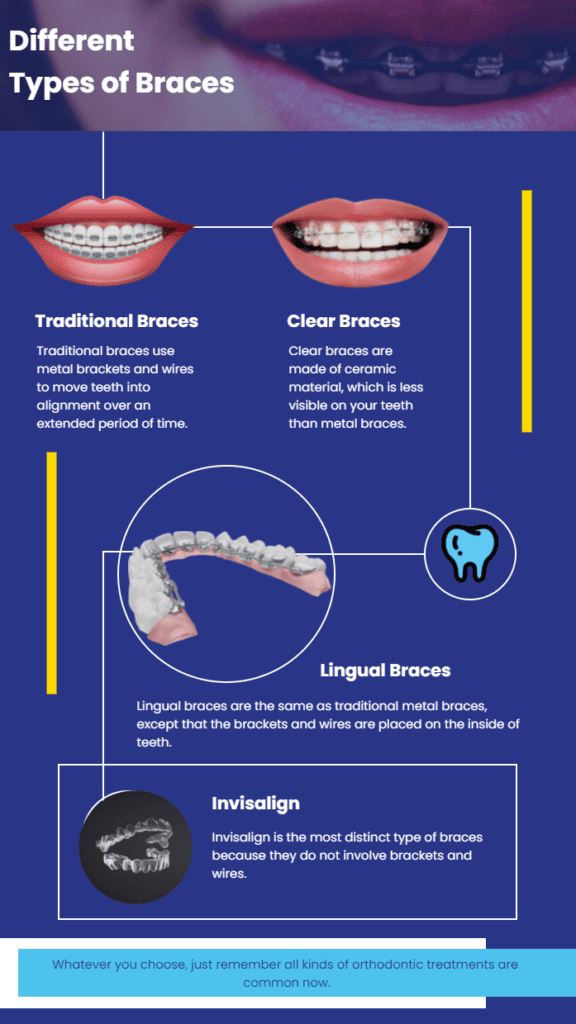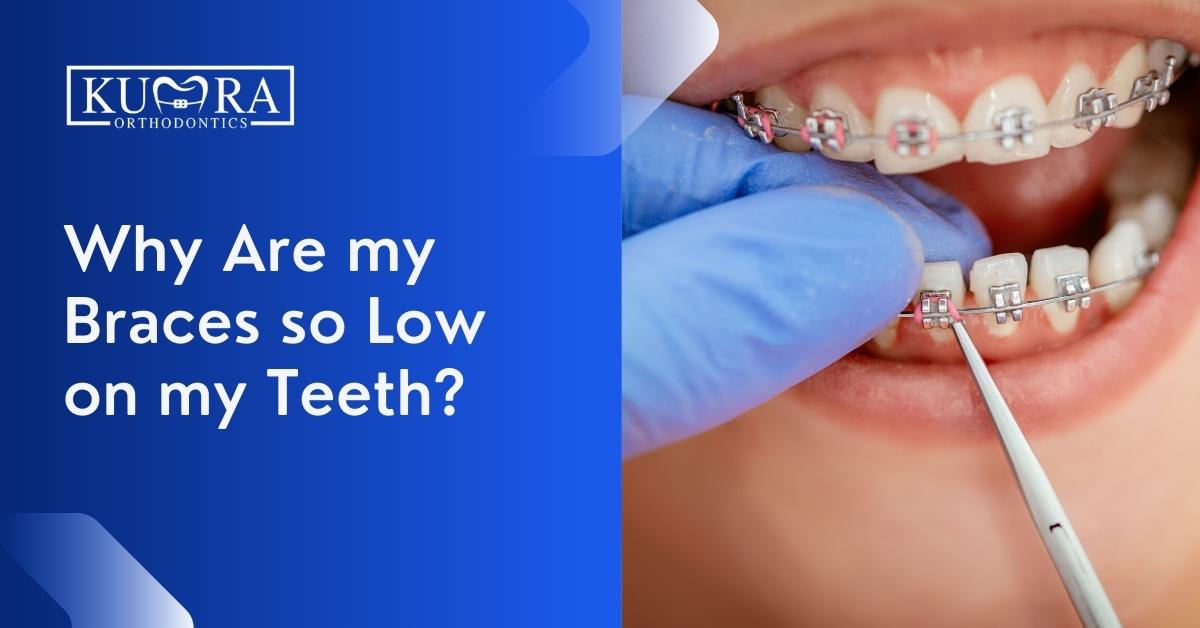Comprehensive Guide to Orthodontics Treatments for Dealing With Dental Imbalances
In the world of orthodontics, the journey to accomplishing a completely straightened smile entails a myriad of treatments customized to deal with dental misalignments. From conventional braces to unseen aligners and even surgical options, the field of orthodontics uses a variety of remedies to deal with differing levels of dental irregularities. Understanding the ins and outs of each treatment, including their systems, benefits, and possible downsides, is critical in making notified choices regarding one's orthodontic treatment. As we navigate with the detailed overview to orthodontic treatments for dealing with oral imbalances, the complex information of each technique will certainly unravel, losing light on the course towards a harmonious and functional dental placement.
Orthodontic Procedures Introduction

Regular adjustments and monitoring are vital parts of orthodontic treatment to make sure progression is on track and to make any kind of essential alterations along the means. By going through orthodontic treatments, individuals can not just accomplish a straighter grin however likewise enhance their total oral health and wellness and feature.
Conventional Dental Braces: Just How They Function
When thinking about orthodontic therapies for oral imbalances, standard dental braces stand out as a tried and true approach for correcting teeth positioning. Typical braces consist of brackets, cords, and bands that function together to apply continual pressure on the teeth, slowly relocating them right into the desired positioning.
One key aspect of exactly how typical braces work is the process of bone improvement. As stress is applied to the teeth through the braces, the bone surrounding the teeth is improved to support the new tooth settings. This improvement is crucial for the long-term stability of the remedied positioning. Individuals will certainly need routine modifications at the orthodontist's office to make sure the dental braces proceed to use the appropriate stress for reliable teeth movement.
Unseen Aligners: Disadvantages and pros
Invisible aligners offer a discreet and convenient alternative to typical braces for remedying oral misalignments. These clear, personalized trays are basically invisible when used, making them an enticing alternative for individuals seeking an extra aesthetically pleasing orthodontic therapy. Among the primary advantages of undetectable aligners is their removability, enabling much easier maintenance of oral health contrasted to traditional dental braces. Patients can get rid of the aligners before consuming or cleaning their teeth, minimizing the danger of food obtaining embeded the home appliance and simplifying the cleaning procedure.

Surgical Orthodontic Options
Surgical treatments in orthodontics existing viable choices for attending to intricate oral misalignments that may not be successfully resolved through conventional orthodontic treatments. While unnoticeable my sources aligners and typical braces can correct numerous orthodontic issues, certain instances call for medical treatment to attain optimum outcomes. Surgical orthodontic choices are normally advised for serious malocclusions, considerable jaw inconsistencies, and instances where the underlying bone framework requires alteration to attain proper alignment.
One typical surgical orthodontic treatment is orthognathic surgery, which includes repositioning the jaws to fix functional problems such as problem eating or talking. This surgical procedure is frequently executed in partnership with an orthodontist who aids align the teeth prior to and after the procedure. Surgical orthodontics might likewise include procedures to expose influenced teeth, remove excess gum tissue, or improve the jawbone to develop a much more unified face profile.
Prior to thinking about surgical orthodontic alternatives, clients undertake a detailed evaluation to figure out the necessity and prospective advantages of such interventions. braces. While surgical procedure may appear complicated, it can significantly boost both the function and aesthetics of the smile in situations where standard orthodontic treatments drop short
Retainers and Post-Treatment Care

Post-treatment care includes following the orthodontist's guidelines faithfully. This may include correct oral health practices, attending follow-up consultations, and using their website the retainers as prescribed. Failure to adhere to post-treatment treatment instructions can cause relapse, where the teeth gradually return in the direction of their initial placements. Consistent retainer wear, good oral hygiene, and routine oral exams are essential for preserving the results accomplished via orthodontic surgery and guaranteeing the long-lasting stability of the remedied oral alignment.
Conclusion
In conclusion, orthodontic procedures provide numerous alternatives for dealing with oral misalignments. Typical braces use metal braces and wires to shift teeth into appropriate alignment. Undetectable aligners supply a more very discreet choice but may not appropriate for all instances. Surgical orthodontic alternatives are readily available for a lot more severe imbalances. Retainers are frequently used post-treatment to keep the new placement. In general, orthodontic treatments can successfully enhance oral health and visual appearance.
As we navigate with the comprehensive overview to orthodontic procedures for remedying oral imbalances, the intricate information of each approach will certainly unfold, shedding light on the course you could check here towards a functional and harmonious dental placement. - braces
One of the most usual orthodontic treatments is the use of braces, which are composed of metal braces and cables that use mild stress to progressively move teeth into the desired placement.When considering orthodontic treatments for oral imbalances, standard braces stand out as a reliable approach for remedying teeth positioning. Additionally, unseen aligners may not be suitable for complicated orthodontic concerns that need even more significant teeth motion, as they are usually recommended for light to modest situations. Retainers are customized orthodontic devices made to hold teeth in their fixed placements after the completion of orthodontic treatment.